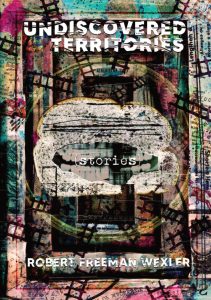 Robert Freeman Wexler’s novel The Painting and the City was recently released in paperback by The Visible Spectrum and his collection Undiscovered Territories is now out in limited editions from PS Publishing.
Robert Freeman Wexler’s novel The Painting and the City was recently released in paperback by The Visible Spectrum and his collection Undiscovered Territories is now out in limited editions from PS Publishing.
Robert and I met at Clarion West in 1997 and have been friends ever since. It helped that we share a love of Texas music and also that we liked each other’s work from the beginning, despite the fact that we are very different writers.
So this will not be an arm’s length interview, but rather a chance to revel in the very different worlds that Robert can create. His is the kind of fantasy in which anything might happen.
NJM: Hi, Robert. Welcome to the Treehouse.
RFW: Hi Nancy. Thanks for taking the time to do this interview.
NJM: I’ve seen a lot of discussions by writers about magic systems of late. Some writers set up systems of magic as detailed and documented as those used to explain the science in hard science fiction. Others wing it a little more, but still have rules. But many of the fantastical things that happen in your stories don’t seem to fit into any rules of any kind. Why have you chosen to do that?
RFW: This isn’t something I’ve thought about at all, so I can’t say I’ve even made a choice. But I hope that my lack of rules doesn’t make everything feel random, unthought, arbitrary. In my writing, rules, if there are any, grow subconsciously, organically, for what fits the story. Things need to make sense, even if they weren’t created with textbookish thinking.
NJM: If I were going to describe your work, the word surreal would come into it. What surrealist works influence you?
RFW: Salvador Dalí, first, as in the first surrealist artist whose work I saw, because my mother gave me a book of his art when I was young. After Dalí, you could say pretty much everyone else. René Magritte, Max Ernst, Remedios Varo, Yves Tanguy, Victor Brauner, art and writings of Leonora Carrington. And those whose art I’ve seen but can’t remember their names. And others not necessarily surrealist but connected, like Joseph Cornell or Giorgio de Chirico. So, sure, all of them. However, Magritte especially, because I attempted to use his imagery in a lot of early stories.
NJM: I’ve always considered The Painting and the City as a love letter to New York City, though one mindful of the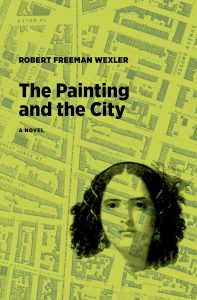 contradictions of its history and its difficulties. Was it intended that way? As someone who once lived in NYC, what are some other thoughts you have about the city?
contradictions of its history and its difficulties. Was it intended that way? As someone who once lived in NYC, what are some other thoughts you have about the city?
RFW: I didn’t set out to write the city a love letter, but I can see the novel giving you that sense. New York has always been in constant flux, yet maintains its sense of self. Not the public, generic self of the Big Apple or whatever, but as a city that’s an originator, incubator, etc. It’s a big messy place, beautiful and horrible. Ruined by too much money yet not all of it, not all the time. One reason is that it can’t sprawl like other cities, so change needs to conform to geography. Although I just read about a plan to extend the city into the harbor, past Battery Park.
Unlike, for example, Houston, where I grew up, which spreads like a bloated sewer with no sense of self. Or that’s the Houston I remember from growing up there. Maybe it’s different now. Houston has become one of or maybe the most culturally diverse city in the country, which is neat, and way different from when I lived there.
But back to NY. Unable to expand and annex the way other cities do, New York sprawls upward, leveling shorter buildings to build taller ones, usually condominiums for the continual and continually mysterious influx of young people with money. That destruction-construction bothers me, especially in what I consider to be my parts of town, Chinatown and the Lower East Side. I would rather those be preserved, especially Chinatown.
And speaking of rapid change to beloved cities, I recently read a book called Shark’s Fin and Sichuan Pepper—A Sweet-Sour Memoir of Eating in China, by Fuchsia Dunlop, which is in part a love letter to the city of Chengdu and Sichuan food. She went to Chengdu as a student in 1994. In the late ’90s, during China’s push to industrialization, she saw massive changes overcome the city.
In the mid-nineties, Chengdu was still a labyrinth of lanes, some of them bordered by grey brick walls punctuated by wooden gateways, others lined with two-storied dwellings built of wood and bamboo. (p. 38)
Later, in 2001:
…during the architectural reign of terror of city mayor Li Chuncheng (or Li Chaiqiang—‘Demolition Li’—as he was popularly known). Li was a man determined to make his mark on the era by demolishing the old city in its entirety, and replacing it with a modern grid of wide roads lined with concrete high-rises. Great swathes of Chengdu were cleared under his command, not only the more ramshackle dwellings, but opera theatres and grand courtyard houses…. (p. 41)
One week I would be cycling through a district of old wooden houses…the next, it was a pile of rubble, with a billboard depiction of some idealized apartment blocks overhead. (p. 110)
…It felt like a personal tragedy for me, to fall in love with a place that was vanishing so quickly. My culinary researches began as an attempt to document a living city; later, it became clear to me that, in many ways , I was writing an epitaph. (pp. 110-111)
This kind of change hasn’t happened to New York, yet. But I find the concept interesting, the idea of someone with the power to recreate a city without having to worry about those little people who live in it. And, so, I’ve used this power of destruction reconstruction for a fictional New York, in a middle grade novel that I finished last year. A man known as the Developer is in process of reforming New York in exactly that way.
I set The Painting and the City before 9/11 because that’s when I lived there. I had intended The Painting and the City to be a 9/11 novel that never mentions 9/11, but I must have failed, because no one noticed.
NJM: In the collection, “New Neighbors” is set in the same world as the novella In Springdale Town. I gather 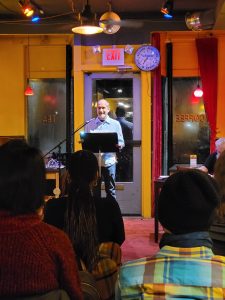 Springdale is somewhere in western Massachusetts. Is anything about either of those stories intended to express your thoughts on Western Mass, another place you’ve lived?
Springdale is somewhere in western Massachusetts. Is anything about either of those stories intended to express your thoughts on Western Mass, another place you’ve lived?
RFW: No. I spent a year in Great Barrington, That wasn’t long enough to have thoughts about Western Mass. I just like the area as a geographic setting. Springdale the town draws from Great Barrington and Yellow Springs, OH. Elements intertwine.
NJM: I still remember one of our first mornings at Clarion West, when we were both in the kitchen making coffee and you said, “It’s funny that there’s no one here from Texas.” I said, “Well, actually I’m from Texas. I just live in Washington, DC, now.” And you said, “Well, actually I’m from Texas. I just live in NYC.” Your forthcoming novel The Silverberg Business does take place in Texas. Does it express some of your feelings about that complicated place (and its complicated history)? I know it brings in some of the Jewish history of Texas, a subject that isn’t so well known.
RFW: I don’t know. It does and it doesn’t. I guess, really, the book doesn’t express my feelings about Texas any more than Springdale does about Massachusetts. Maybe the current delusionalism in Texas is more delusional than the delusionalism in other places where white Christian men feel threatened by the future, but I wasn’t thinking about that while writing. Also, I don’t feel Texan the way you might, because I think of myself more as an alien. My grandparents were immigrants and not Christian, so even though we look white, for example, we’re not white like white Christian Texans (or white Christians anywhere in the U.S.). To me, white means Christian and I’m not Christian. By not being Orthodox, with the outward appearance of Jewishness, I’m not oppressed based on how I look. Even if I was Orthodox, I wouldn’t have to worry about being stopped by the police, for example.
Which brings me to slavery. The book is set 23 years after the end of the Civil War and Black enslavement. I had hoped to find material about how whites and Blacks interacted or how white people acknowledged slavery. If they did. How did they talk to someone who had been treated like a thing? Some whites, obviously, would talk to Black people in a demeaning, racist way. And still do. But what about those who didn’t? What did they think? Presumably, a person alive then wouldn’t have felt or thought the way you or I feel and think. Part of the difficulty of writing something historical, I suppose. I know I gave my main character thoughts, values, etc. that are more contemporary than what I would assume to be of his time.
I read some things about what Jews thought about slavery, which I used in the book. Attitudes varied based on geography. Jews in the south wanted to fit in, and because slavery, they weren’t at the bottom of the heap anymore (because enslaved people were the bottom). Northern Jews tended to be abolitionists. Or so I read, but I didn’t do a huge amount of research on it.
NJM: I read “Tales of the Golden Legend,” which is the first story in your collection Undiscovered Territories and which I call “the bread story,” during our first week at Clarion West. I loved it then and love it still. You have at least one other story about bread. Do you bake bread? What other bread opinions do you hold? Feel free to make things up.
RFW: I do bake bread but I didn’t at the time I wrote the story. I’m sure it would have been possible to bake bread in my New York apartment, with its half-size oven and limited counter space, but I never tried. As with other types of food in New York, good bread was available in so many places that there was little incentive to make my own.
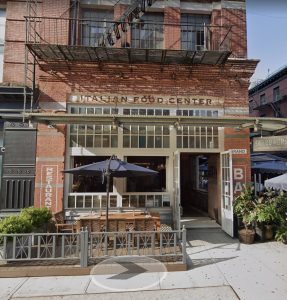 I lived across the street from an Italian deli, as described in the story, but because I fictionalized the place to make it more of a bakery, and because many years have passed, I don’t remember what types of bread they had. Semolina, but what else? I remember their cheese and sandwich counters more clearly. I think the last thing I got there was a submarine sandwich to take with me on the rental truck to Great Barrington. The store is gone, replaced by a tourist Italian restaurant, but the old sign remains) [photo]. I bought bread more often from a grocery store called Gourmet Garage, not gone but moved, and expanded to three locations.
I lived across the street from an Italian deli, as described in the story, but because I fictionalized the place to make it more of a bakery, and because many years have passed, I don’t remember what types of bread they had. Semolina, but what else? I remember their cheese and sandwich counters more clearly. I think the last thing I got there was a submarine sandwich to take with me on the rental truck to Great Barrington. The store is gone, replaced by a tourist Italian restaurant, but the old sign remains) [photo]. I bought bread more often from a grocery store called Gourmet Garage, not gone but moved, and expanded to three locations.
Before New York, in Austin, someone I lived with went through a short bread making phase—for a long time, that was my only exposure to bread making. I like to cook and I cook a lot, but came to bread late. Even now, I don’t have a lot of bread baking experience. I work on it. Like everything worthwhile, learning never ends. My latest bread has come from Mark Bittman’s new book, Bittman Bread. He’s all about whole grains and how to get the best bread using them. Abandonment of whole grains has led us to processed food, processed bread, and health problems. At least that’s what bread has told me.
“Listen, humans, especially you in the United States. Bread is tired of being marginalized. Bread has sustained civilization, but modern times have made bread an afterthought, a stomach filler. Humans abandoned whole grains! Yes, there are living white breads, but to nourish, to provide the fuel for creativity, for life, bread needs whole grains. Whole grains and fermentation are the primary building blocks for nutrition and gut health. Pay attention! Humans need fermented whole grains. This truth is self evident.
“Like all living beings, bread has desires. Most important, bread cares. Where would humanity be if bread didn’t care about you, care for you? There have been aberrations, diseased yeast or flour that created diseased humans, humans who kill and subjugate. Stomach filler and subjugation. If you people would reject imitation bread, imitation food, think how much better your lives would be. Instead of forcing the poor to eat plastic, bring real food back to their lives! Everything begins with whole grain bread. The people in power know this is true. They want your poor to stay that way. And not just the poor. Your food industry controls your lives, keeps you complacent, complicit. Food should not even be an industry! Food is personal. People of the U.S.A., look to other cultures, other nations, look at their food. Look at people in your own country who understand the question. Learn about Sandor Katz, James Luckett, and so many others. Why do you insist on giant flavorless portions as your measure of a good meal? Let taste be your guide, your goddess or god.
“And not just food. Listen to bread, narcissist nation of the U.S.A. You are not the only people on the earth. Look at your irrational reactions to public health, to the simple act of wearing a mask to limit the spread of disease. Look, for example, at how the people of Japan have worn masks for many years, to protect from virus or aberrant yeast, long before you decreed that masks were a recent invention and a threat to your lives. Do you not look at the world around you? Do you truly believe that pandemics are imaginary? Do you believe that the media and government are so powerful that everything you see or read about people dying in other countries had been fabricated to perpetuate a hoax? Bread can’t help you people if you people refuse bread’s offer.
“Bread sees, bread knows.”
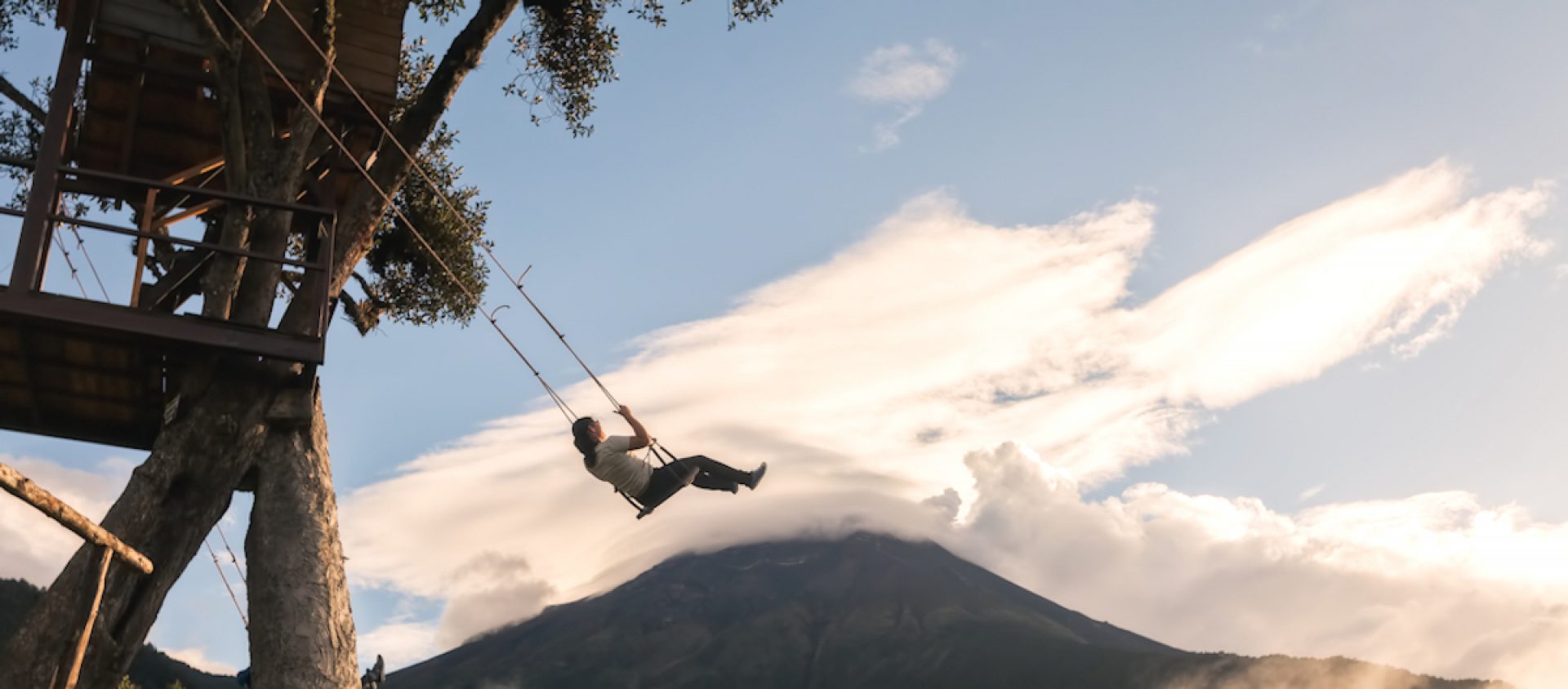
Good lord–a writer who loves New York and has created a fictional town that partakes of Great Barrington, MA? A writer who stands up for the bedrock of nourishment that is bread? It sounds like we’re from the same experiential universe; I must find Wexler’s work.
The interview links to the hardcover edition of Undiscovered Territories, but there’s also an ebook edition: https://www.pspublishing.co.uk/undiscovered-territories-ebook-by-robert-freeman-wexler-5578-p.asp
Just to help you get started.
As always, Thanks!